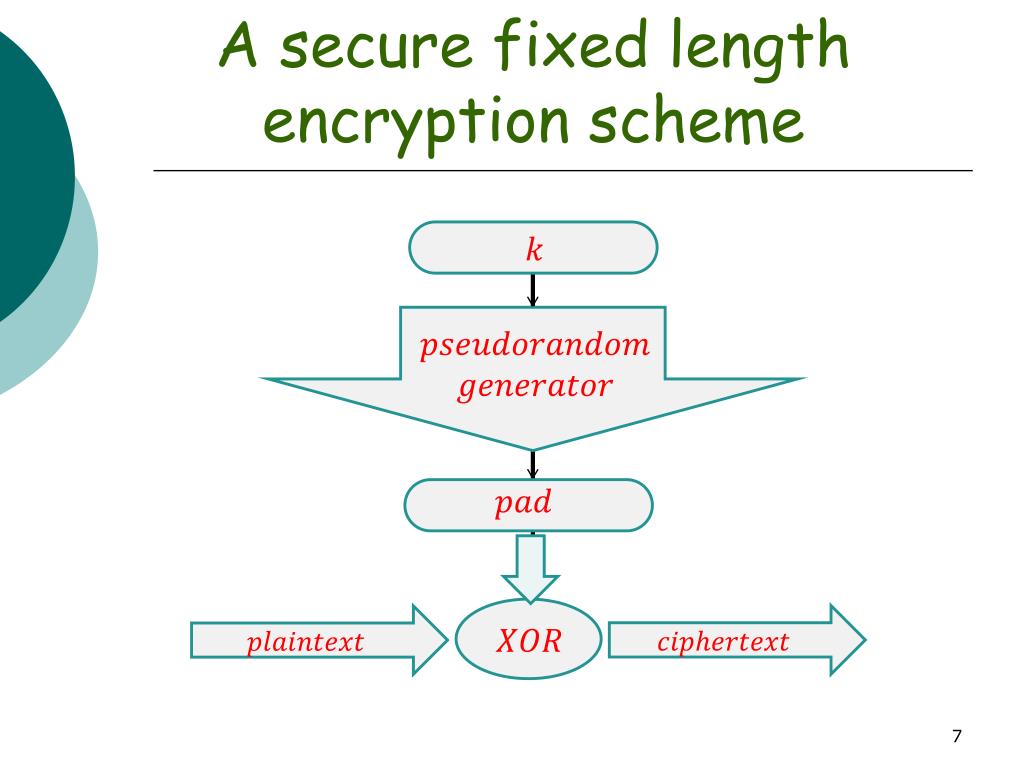In the realm of cryptography, the output length of cryptographic functions has been a subject of meticulous scrutiny and debate. The question arises: can a fixed-size output save cryptography? This discourse delves into the implications of fixed-size outputs on cryptographic security, efficacy, and the overarching landscape of data protection.
The primary tenet of cryptography is to ensure confidentiality, integrity, and authenticity of information. Cryptographic algorithms, particularly hash functions and encryption schemes, are cornerstones of these tenets. Cryptographic hash functions, which convert data into a fixed-size string or digest, are essential for data integrity checks and digital signatures. Meanwhile, encryption algorithms transform plaintext into ciphertext, safeguarding sensitive information from unauthorized access. The size of the output generated by these functions can influence their resistance to various types of attacks.
One of the most significant advantages of fixed-size outputs is the predictability it affords to system designers. In cryptographic protocols, fixed-size outputs simplify the process of managing data across different systems. These uniform lengths create symmetry and allow for predictable memory allocations, which can optimize performance and reduce overhead when storing or processing information. For instance, consider the implementation of fixed-length blocks in symmetric key algorithms, as seen in the Advanced Encryption Standard (AES). Such structures enhance processing speed, enabling rapid encryption and decryption.
However, the allure of simplicity comes with potential vulnerabilities. Fixed-size outputs can become a double-edged sword. The uniformity may make such outputs more susceptible to length extension attacks, wherein an attacker exploits the predictability of the output size to generate valid hashes or manipulate the original message. This phenomenon calls for a nuanced understanding of how fixed sizes can impact the security landscape.
In analyzing the performance of fixed-size output mechanisms, one must consider the trade-off between security and efficiency. Cryptographic functions that yield a fixed-size output can sometimes produce collisions—instances in which two different inputs generate the same output. Collision resistance is a fundamental attribute of cryptographic hash functions. When outputs are constrained to fixed sizes, the probability of such collisions rises with an increasing volume of input data. This conundrum can become particularly treacherous in environments with extensive data transactions, necessitating a robust approach to input management.
Additionally, the scenario becomes increasingly complex when examining hashing functions such as SHA-1 and MD5. Both are notorious for their fixed-size outputs yet have been proven vulnerable to collision attacks over time. The result is a clarion call for revisiting the standards and practices that dictate the use of fixed-size outputs in cryptography. As the landscape of threats evolves, so too should our cryptographic methods.
Moreover, it is critical to deliberate on the context of various cryptographic applications. In use cases such as digital signatures and password hashing, the implications of fixed-size outputs can yield different outcomes. Digital signatures often require unique challenges that fixed-size outputs may not entirely accommodate, particularly in scenarios involving data authenticity. Conversely, password hashing schemes may rely heavily on fixed-size outputs as a means of mitigating brute-force attacks. Employing functions like bcrypt or Argon2, which generate outputs of a predefined size while incorporating salts and iterations, reveals a sophisticated utilization of fixed-size principles to bolster security significantly.
In light of these considerations, it becomes evident that fixed-size outputs can serve as both a benefit and a hindrance in the field of cryptography. This dual nature evokes the necessity for a comprehensive risk assessment when implementing cryptographic protocols. Protocol designers must ascertain the requirements of their specific applications and determine whether the efficiencies gained from fixed sizes outweigh the potential pitfalls. The choice between fixed and variable-length outputs should align strategically with the nature of the data being protected, the anticipated threat model, and the overall security architecture.
Emerging technologies further complicate the established norms surrounding fixed-size outputs. Quantum computing presents a paradigm shift that challenges traditional cryptographic assumptions. As quantum algorithms advance, the strength of fixed-size outputs may be put to the test. This evolution necessitates a reevaluation of existing cryptographic frameworks to ensure resilience against potential vulnerabilities introduced by quantum capabilities.
In conclusion, while a fixed-size output can confer advantages to cryptographic methodologies—offering simplicity, efficiency, and certainty in data management—it simultaneously harbors inherent risks. The balance between security and usability is delicate, demanding a thorough examination of specific application contexts and evolving threat landscapes. The question of whether fixed-size outputs can save cryptography remains complex, as the answer hinges on the thoughtful integration of principles, practices, and innovative advancements in cryptographic design. As the field progresses, continual assessment and adaptation will be pivotal in safeguarding the integrity of cryptographic systems.








Leave a Comment